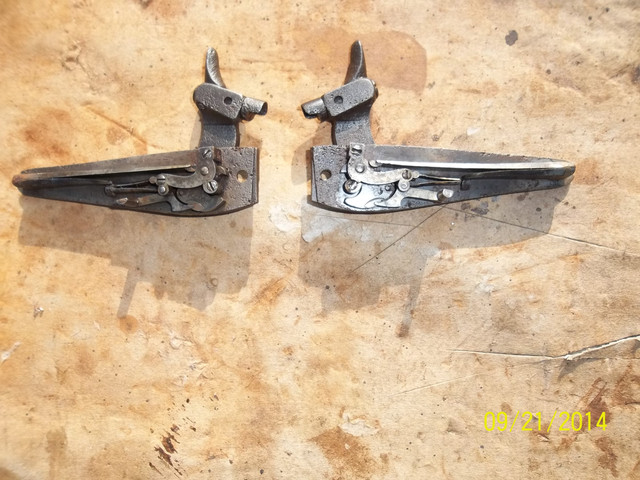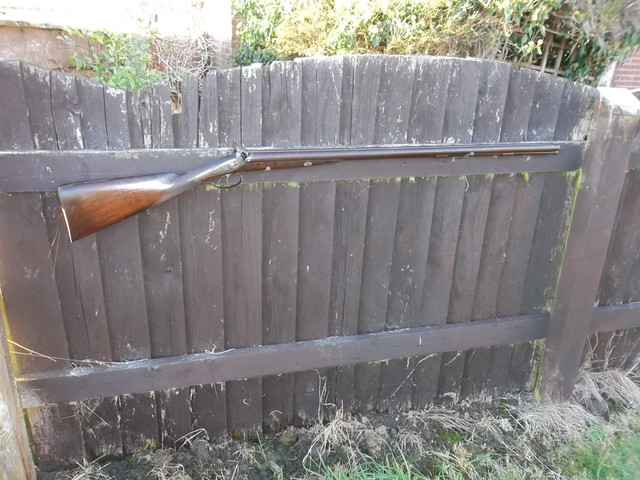Further to David's post No.20 regarding Running Deer on Wimbledon Common in 1862, there are two iron deer targets on show outside the British NRA offices & Museum at
Bisley,believed to be the Lancear designed originals from from The Common. Some of the dents are quite surprising. Pretty impressive stuff for Lead bullets.
May be David has some Photo's in his records that he could Post.
OLD DOG..
Bisley,believed to be the Lancear designed originals from from The Common. Some of the dents are quite surprising. Pretty impressive stuff for Lead bullets.
May be David has some Photo's in his records that he could Post.
OLD DOG..






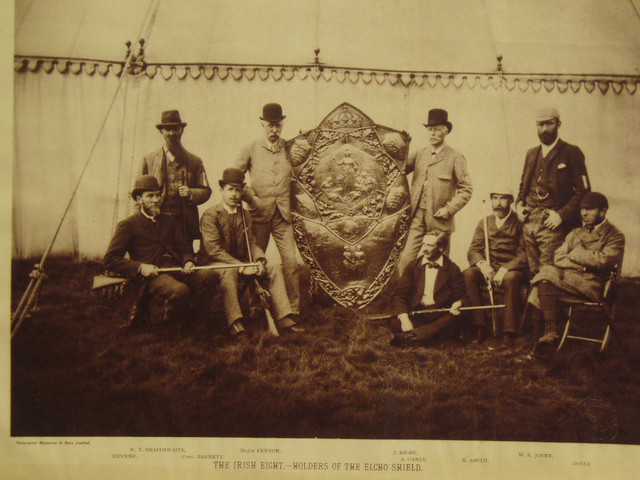
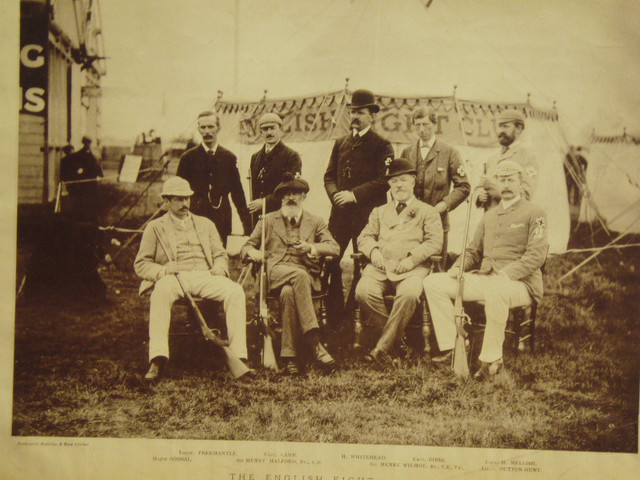

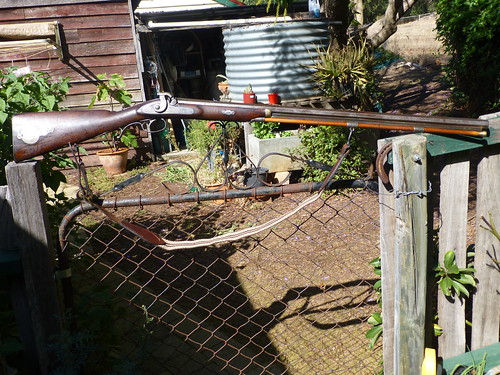 P1020843
P1020843